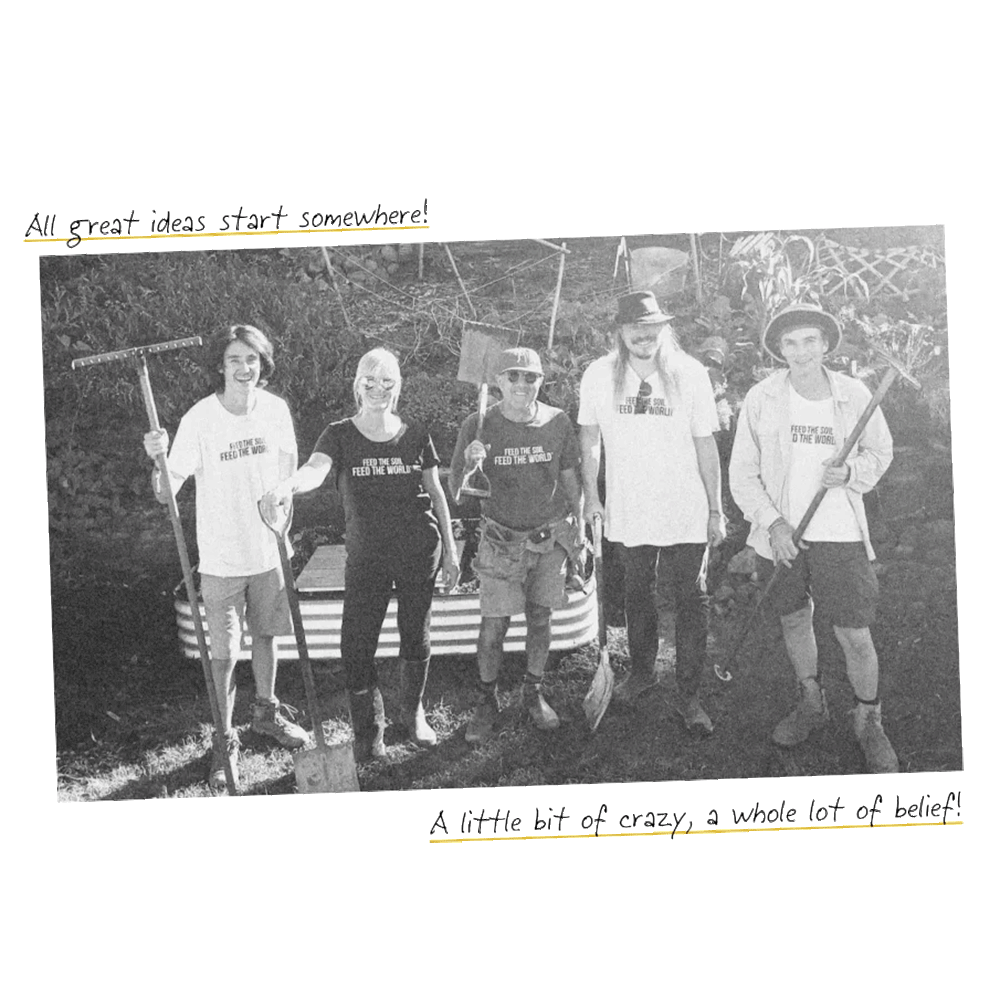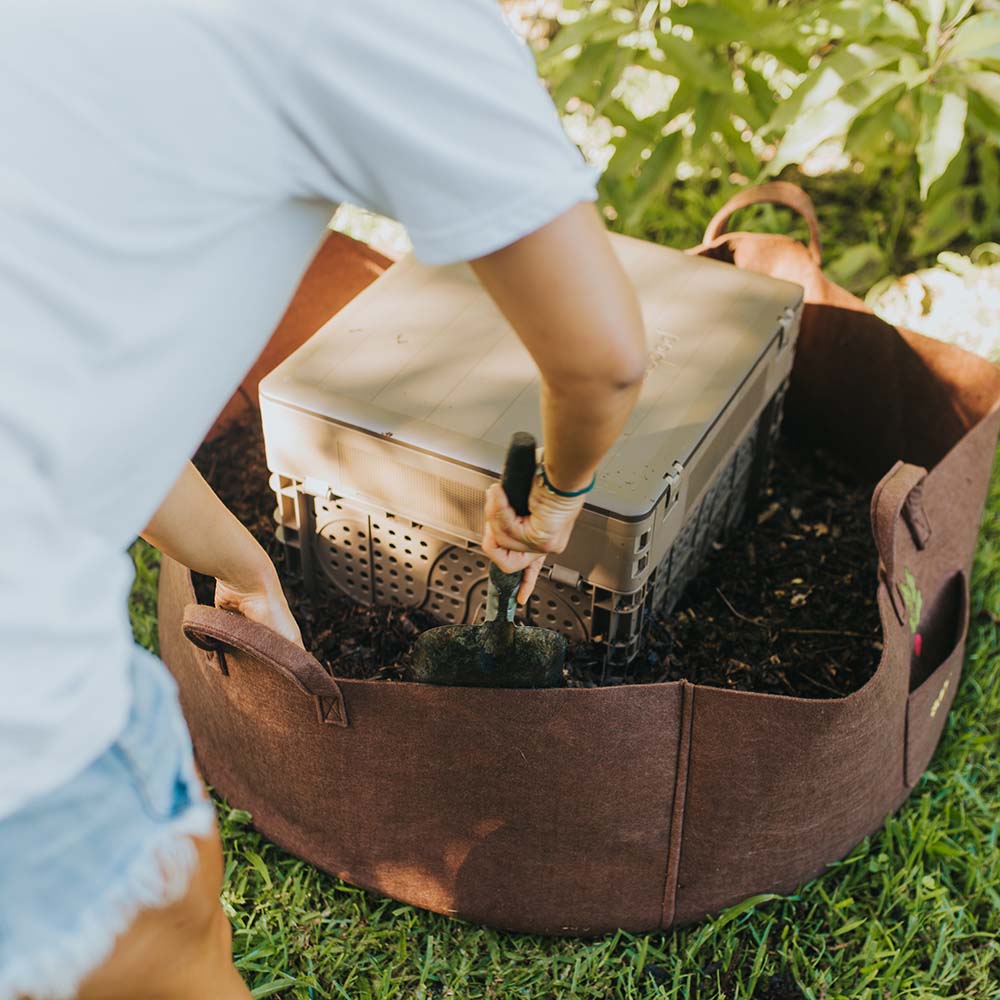People are good at making simple things complicated – including compost!
This article will give you the complete 101 on how to turn your kitchen scraps into A-grade soil food.
Scroll ahead to learn:
- What compost is
- The only composting rule you need to know
- How to compost
- What you can compost
- What system to compost with
What is compost?
Compost is just decomposed plants. All organic things on the planet decompose when they die and, given enough time, end up looking like soil (compost).
Remember the circle of life from The Lion King? That’s composting! The only difference is that we’re selective about what we allow to decompose in our systems.
The only composting rule you need to know
There are two main ingredients in compost.
-
Carbon – also referred to as your ‘dry’ or ‘brown’ materials. These ingredients are things like paper, cardboard, coconut peat, dry leaves, wood shavings etc.
- Organic – also called your ‘wet’ or ‘green’ materials. This is your kitchen scraps – the things you actually want to compost.
Okay, ready for the rule? A healthy compost system needs an even balance of carbon and organic materials.
So for every bucket of food scraps you add, you’ll want to mix in the same amount of shredded paper! (Or other carbon materials.)
How to compost
Now you know the cardinal compost rule, the actual steps are pretty simple!
-
Collect your kitchen scraps
You can use something like an old ice cream tub, and just chuck any food scraps into it as you cook.
-
Feed your system
We suggest starting with an easy to use system, like Subpod, before trying other compost methods like digging holes in the ground. If you live in an area with wild animals, those methods can attract a lot of unwanted pests to your home.
Here’s a video of what feeding a Subpod is like, to give you an idea of the process.
-
Add your carbon
Remember, equal amounts of carbon and food scraps!
- Repeat
Over time your compost will form, and then you can harvest it.
If you’d like to know more about how to compost, we’ve created free courses complete with instructional videos on our community site, Grow Hub.
What can you compost?
While most organic materials can technically be composted, it’s a good idea to stick to vegetables when you’re starting out. Here’s a guide that we recommend our composters follow:
Make sure to steer clear of the following when starting out:
- Meats and bones
- Dairy
- Greases and oils
- Fish products
- Animal waste (in vegetable gardens)
Why you should compost with Subpod
Want to know what the main difference between a compost bin and a Subpod is? Flexibility.
Compost bins need to be filled up quickly and then left to sit for months at a time while the compost breaks down. Like, 6 - 9 months at a time.
But Subpod composts 24/7. The moment you add in your food waste, compost worms and microbes start to break it down. This means you can feed Subpod everyday, even after every meal, and compost consistently over time.
It’s a great, flexible choice for the average person – and you get thousands of cool new pets with your fresh compost! Win win win.
Start composting your scraps today!
Check out our easy to use compost systems.







Leave a comment
This site is protected by reCAPTCHA and the Google Privacy Policy and Terms of Service apply.